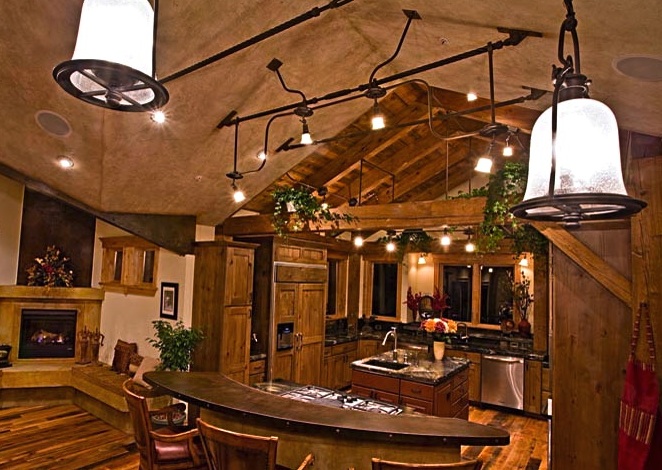
Materials from Rematerialise, Kingston University London (Credit: Image courtesy of Kingston University)
ScienceDaily (Feb. 24, 2011) — After 17 years of research sustainable design expert Jakki Dehn is launching Rematerialise, a catalogue of eco-friendly materials for use in the construction industry.
From insulation made from mushrooms to kitchen tops created from recycled glass, Kingston University has catalogued more than 1,000 different sustainable materials for use in the construction industry. The result is a materials library, Rematerialise, which is being launched at EcoBuild, the world’s largest event for showcasing sustainable design and construction practices.
Reader in sustainable design, Jakki Dehn has been developing Rematerialise at Kingston University’s Faculty of Art, Design and Architecture for 17 years and believes designers will find it invaluable when planning new products. “They can come and touch and feel a whole range of materials all in one place — materials which, otherwise, they might have to spend weeks investigating themselves,” she said.
Several firms have already drawn on Dehn’s expertise to help with ongoing projects. Product design company Jedco, based in Weybridge in Surrey, has developed a scaffolding board made from recycled polymers and a solar-powered bus-stop. “The scaffolding boards have proved useful on oil rigs, because unlike wood, they don’t absorb water. So, in this case, the sustainable product is actually better than the material it’s replacing,” Dehn said.
Dehn began her research into sustainable materials in 1994 and received Arts and Humanities Research Council funding in 2003. Rematerialise now houses more than 1,200 materials from 15 different countries. It contains recycled materials, products made from resources that are very plentiful and easy to re-grow and products made from resources that are not generally used very much. The University hopes eventually to put the entire library online so planners can do initial research before making an appointment to view the materials themselves at Kingston University’s Knights Park campus.
As word about the resource has spread, new products have started arriving on an almost daily basis. “We recently received a new type of insulation material made from mushrooms. The piece we were sent was only an inch thick but, apparently, you could put your hand on one side of it and take a blow-torch to the other side and you wouldn’t be able to feel the heat,” said Dehn, who admitted she was yet to put it to the test. Another eye-catching material is resilica, which is used to make kitchen worktops as an alternative to granite or formica. It’s made mainly of glass recycled from cars and building sites.
Source: Science Daily


















